Crafts such as Gota Patti and embroidery are making a comeback, thanks to our designers who are showing interest in these complex works and the general public who are helping them with their various types of applications.
India is full of diverse cultures and traditions. We have endless crafts in our hands, handloom fabrics, hand paintings, embroidery, surface work, precious stones, and much more. And that is why our handicrafts are considered the “Heart of India” because they represent not only our culture but also our origins. There are many crafts that have become extinct by the end of the monarchy. Yet there are some crafts that have returned, thanks to our Indian artisans and designers. So, let’s talk about some of the hand embroidery and surface work that are in fashion today and included in the modern salute.
-
Aughi (Uttar Pradesh)
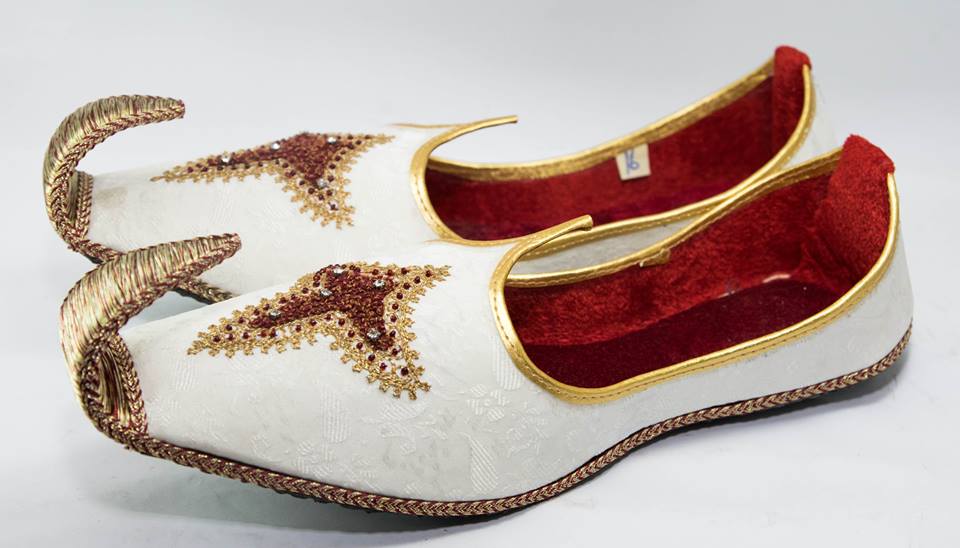
Aughi, an ancient embroidery art, was very popular during the Mughal period due to its fine craftsmanship. It originated in Lucknow, Uttar Pradesh, and was used to decorate Persian royal shoes. Exquisite embroidery was made on leather and velvet shoes with pure gold and silver threads.
The shapes made were grapes, small flowers, traditional designs and so on. These shoes were worn by both men and women of the royal family.
Today, we can’t find an authentic version of this embroidery, but it can still be found in bridal shoes for men and in the clutches of sequins and pearls.
-
Gara Craft
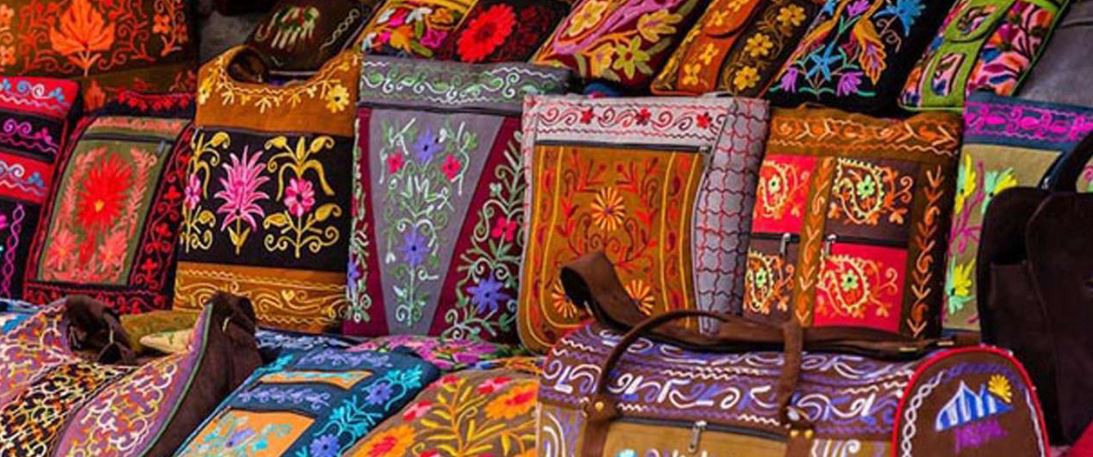
Gara craft, a very rare form of hand embroidery, came to India through the Silk Road in the 19th century. Later, Parsi communities brought these skills to Gujarat and Mumbai. This embroidery is a beautiful blend of different cultures like Persian, Chinese, European and Indian. The Parsis wore this piece of art in the form of sarees, shawls, etc. on auspicious occasions. Gara was almost extinct, but some designers brought it back into fashion in a modern way. Today this embroidery can be seen on sarees, party wear, clutches, and footpaths.
-
Kashidakari
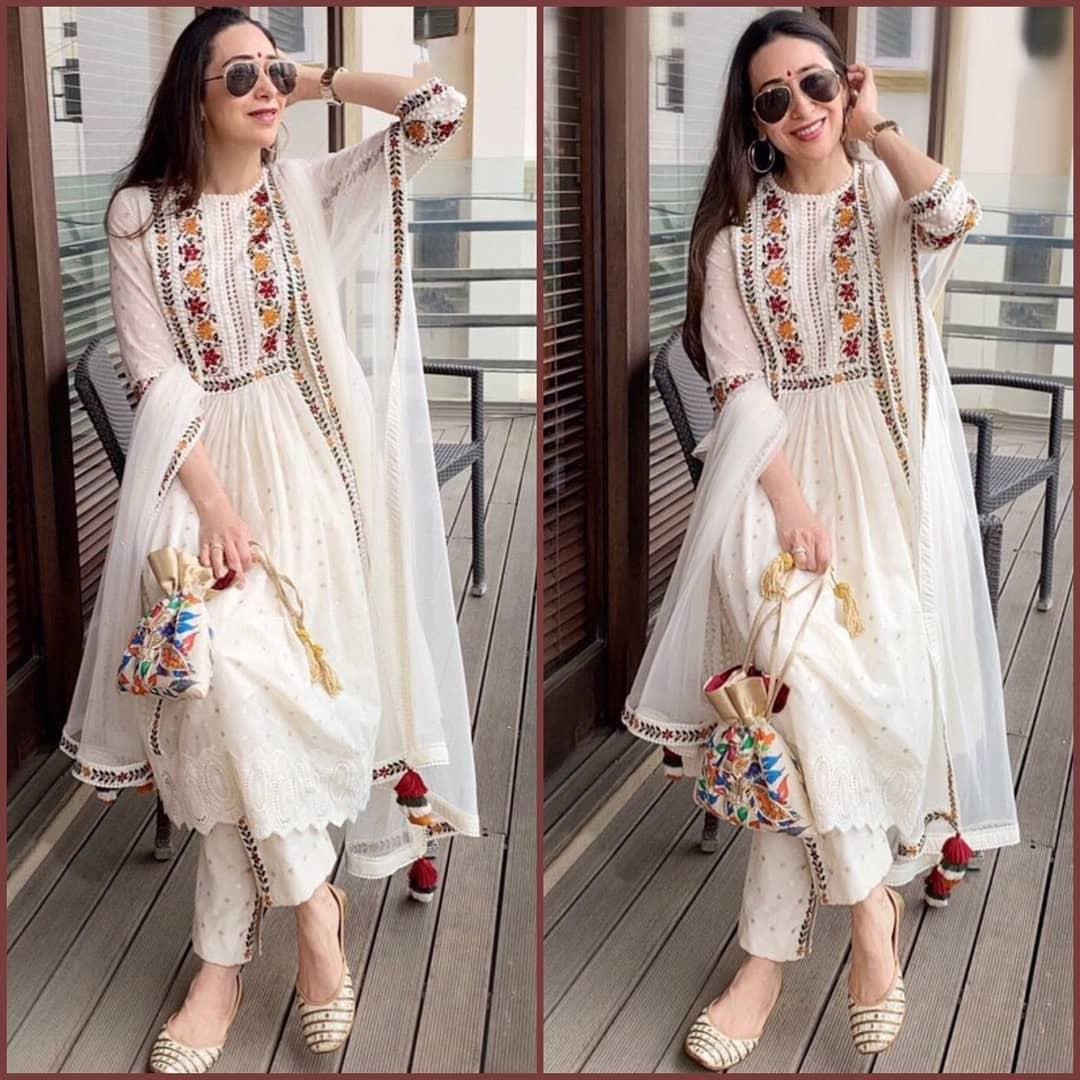
Kashida or Kashidkari is the pure heritage of Kashmir Valley. The whole beauty of Kashmir is engraved in this embroidery. Although the art can be traced back to the Mughal period, some say that the locals of Srinagar started the embroidery. This is done with the help of needles filled with dynamic color palettes. There are many ways to make this embroidery depending on the style and material of sewing such as saws or krill work, needlework, paper mache etc. Jackets, sarees etc. Today this embroidery can be found in ethnic clothing, lehengas, shoes, upholstery etc.
- Gota Patti Work
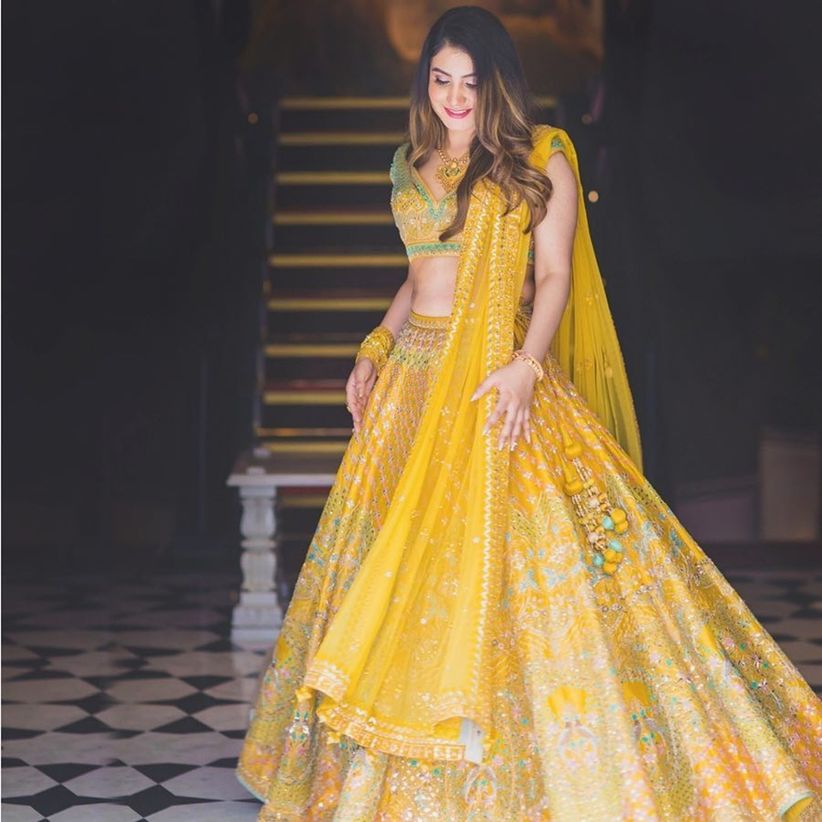 Gota Patti is also called ‘Lape Ka Kam’ in the local Rajasthani language. It originated in Rajasthan during the Mughal period and has been in vogue ever since. This is done primarily through the application technique where stripes are made from pieces of metal. Earlier, only pure gold and silver were used to make the maps a royal symbol. Also it was used for royal and pleasant occasions. But nowadays it is seen in many colors like red, orange, magenta, green etc and motif designs like leaves, birds, animals, geometric shapes etc can be found on jewelry. Designers are incorporating Gota Patti with mirrors, embroideries, embroideries, sequins etc to achieve a modern look.
Gota Patti is also called ‘Lape Ka Kam’ in the local Rajasthani language. It originated in Rajasthan during the Mughal period and has been in vogue ever since. This is done primarily through the application technique where stripes are made from pieces of metal. Earlier, only pure gold and silver were used to make the maps a royal symbol. Also it was used for royal and pleasant occasions. But nowadays it is seen in many colors like red, orange, magenta, green etc and motif designs like leaves, birds, animals, geometric shapes etc can be found on jewelry. Designers are incorporating Gota Patti with mirrors, embroideries, embroideries, sequins etc to achieve a modern look.
-
Rabari Embroidery
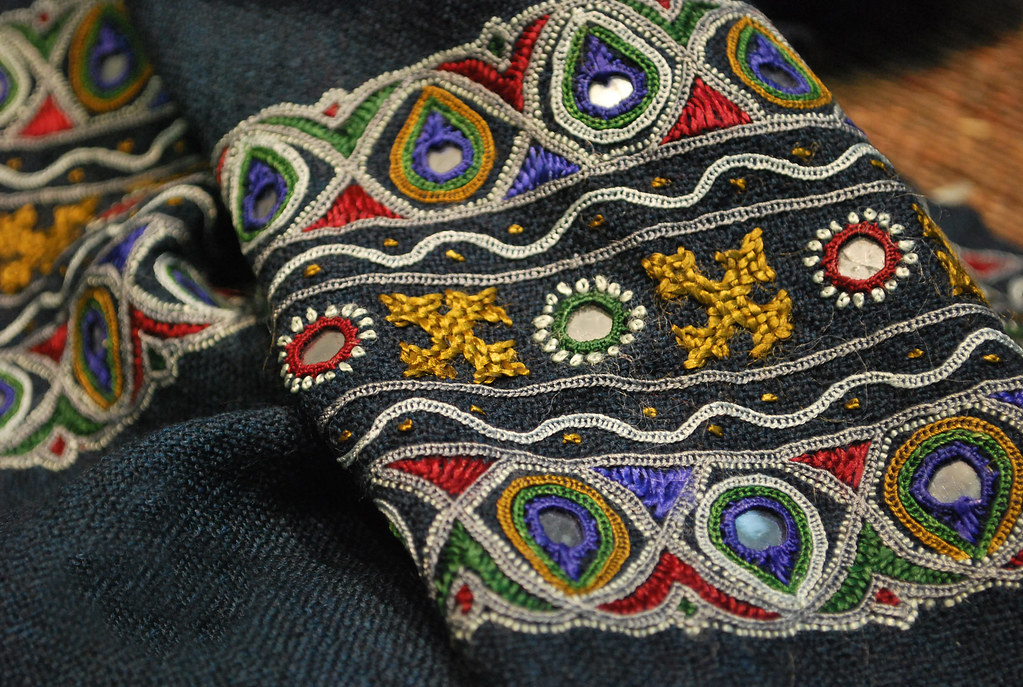
This embroidery is a type of turtle embroidery that has its roots in the Rabari gypsy community. Rabari migrated from Rajasthan many years ago to Kutch in Gujarat. It is a very complex type of embroidery and is the source of their livelihood. This embroidery is made of mirrors of different shapes and sizes which are fixed by sewing chains on the fabric. The maps that are mainly used are leaves, elephants, dancing peacocks, people’s daily lives, animals, flowers and much more. Previously, this work was done only on Turan, authentic rubber garments, shoes. But today you can find this work in ethnic suit sets, handbags, western tunics, jackets, sarees, blouses, lehengas etc.




